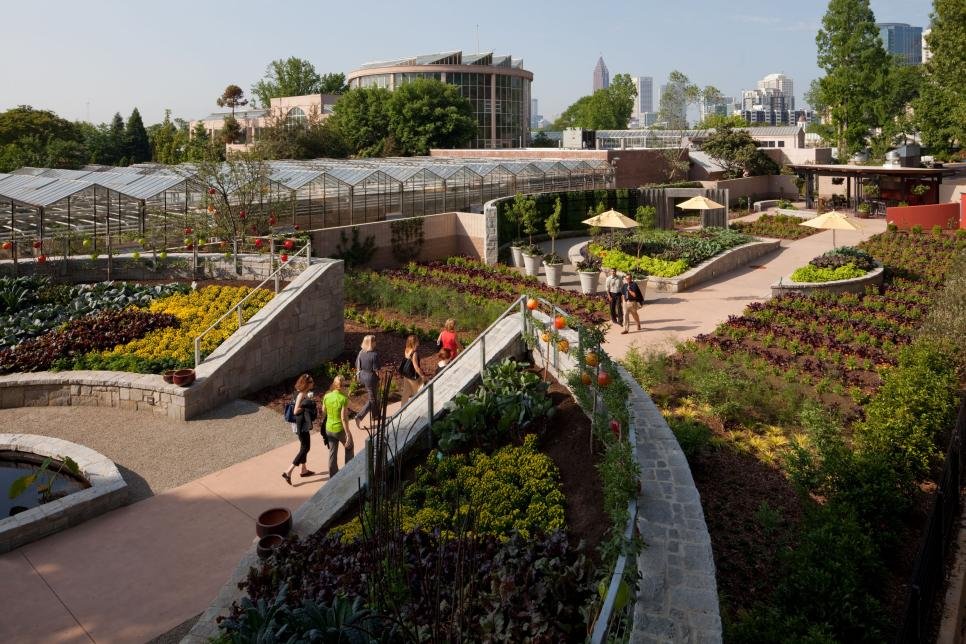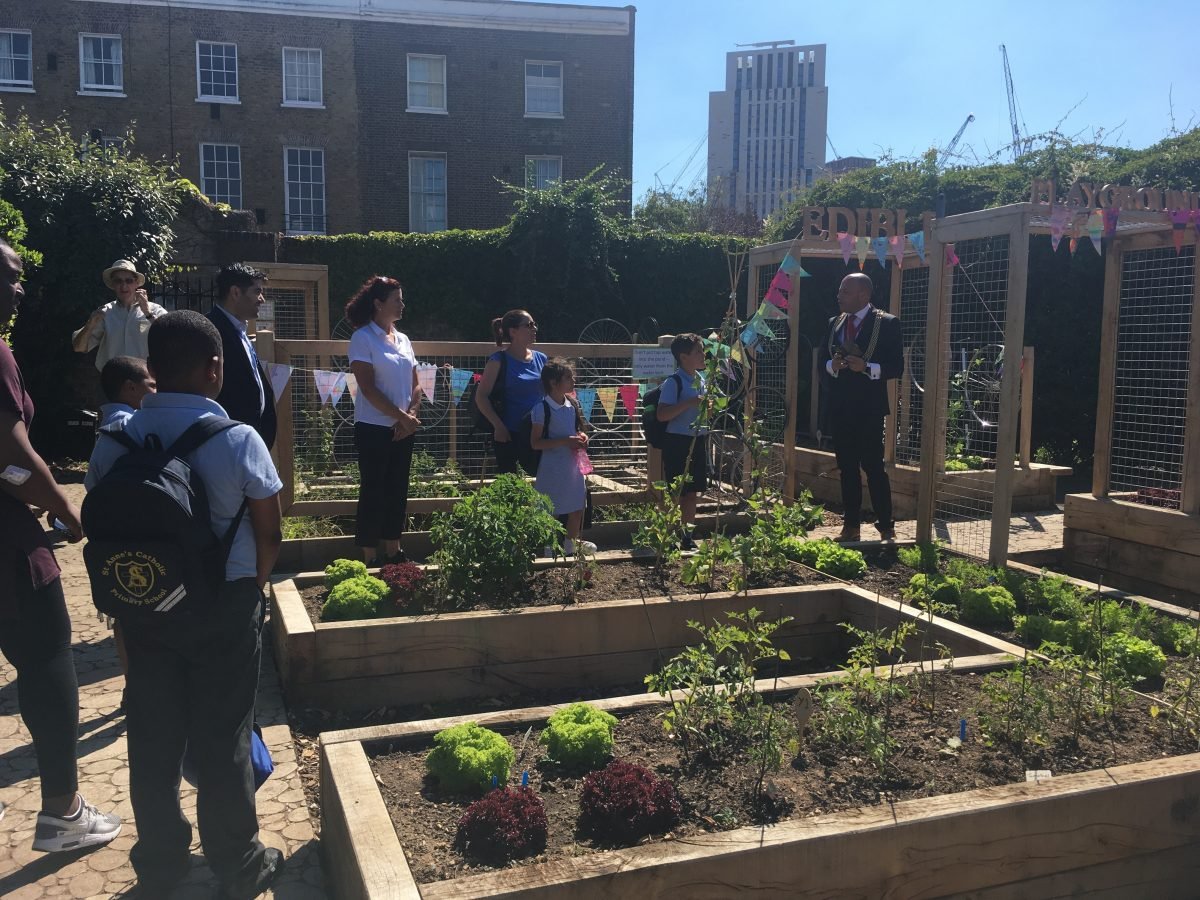“It’s the idea that kids don’t know that milk comes from cows, or that vegetables are grown in the ground.”

There is a lot of how we make the public spaces customized to process such that it becomes an eco-friendly space as well. These need a lot of space that is required, as well as maintenance to run; it is such that the micro-climate, context, native species are all taken into account, they’re more or less important for us because it is how we can create a sustainable or rather eco-friendly environment.
It is about inculcating more foodscapes in our environment rather than just native plants in the form of landscape. It is about giving a better effort to maintain this rather than waiting for a chance to occur. The term “Public Produce” refers to edible plants such as fruit and nut-bearing trees and shrubs as well as vegetables and herbs that are grown in a public space and are freely accessible to the public. It instigates that there could be better days where even the poor and people who cannot afford to go to the farmers market can eat well and sustain themselves for a living.

Edible plants are productive plants with parts that are safely edible by humans. Edible landscaping plants are both food plants and ornamental or decorative plants. Edible landscaping is the use of food plants as design features in a landscape.
An Architectural solution:
The Architectural Solution to growing more foodscapes could be aesthetic where the flowers, nuts, and edible species of plants grow all together, which can be differentiated by some regulated planning. When we engage with nature, it nourishes our soul; it gives us the calmness that is required with the hustle in life. That is the reason why there people are increasingly interested in farming, as well as the growth of edible plants in their own homes. Historically in Australia, urban landscape design has drawn from the legacy of ornamental botany, with edible species rarely incorporated on a large scale.

We hope to see better designed, visible, and ongoing food landscapes such as a mixed orchard in a major public park, or a vegetable parterre in an urban square. These Urban Squares can be found in any part of the country, but they need to be maintained properly by people because that is how it can become more frequent.
- SOCIAL: reconnects communities with a greater understanding of food; fosters diverse multi-cultural and
inter-generational activities; food activities are linked to supporting communities - ECONOMIC: frees household income from the purchase of products; improves property values, and decreases neighbourhood blight.
- ENVIRONMENTAL: encourages sustainable resource management through composting; can help to manage stormwater retention and detention in urban areas.
- HEALTH: horticulture therapy has been proven to reduce stress and decrease violence & behavioural issues; access to fresher fruits & vegetables increases the consumption of these healthy foods.
Edible Landscape:
Edible landscapes, if successfully realized, could create environmental, social, economic, and health benefits for the community at large. They also engage in ongoing community participation. Learning about Urban Vegetation has become a relatively easier task to be done because it already has been understood by the farmers and can be inculcated as daily practices. This is a positive signal that edible landscapes are becoming embedded into the core palette of designers of the public realm. It gives weight to a burgeoning new era for responsive and activated edible public space. While you do have to go a few extra yards to make it work, it’s really satisfying to pull off.
Urban forests could easily be transformed into permanent edible public produce sites by replacing ornamentals with fruit and nut-bearing trees and shrubs. This could help us in both ways, with the vegetation as well as the growth of the green spaces, and conserving the habitat of animals as well.


